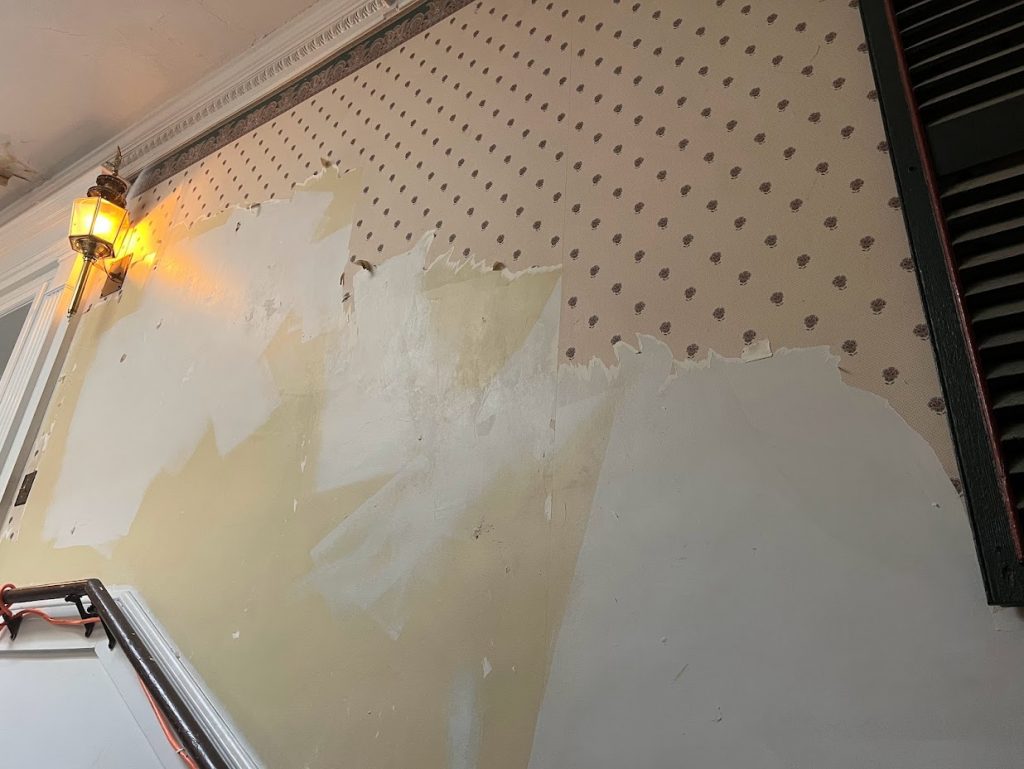
Choosing between wallpaper and painting for your walls depends on several factors, including your personal preferences, budget, desired aesthetic, and practical considerations. Here’s a comparison to help you decide which option is best for you:
1. Aesthetic Appeal:
- Wallpaper offers a wide range of designs, patterns, and textures, allowing you to create a unique and customized look for your space. From bold geometric prints to subtle textures, wallpaper can add depth and visual interest to your walls.
- Painting, on the other hand, provides a more versatile and customizable option in terms of color choices and finishes. While it may lack the intricate patterns of wallpaper, painting allows for greater flexibility in achieving specific color schemes and design styles.
2. Durability and Maintenance:
- Wallpaper is generally more durable than paint and can withstand wear and tear, making it a suitable option for high-traffic areas such as hallways and entryways. It’s also easier to clean and maintain, as many wallpapers are washable or scrubbable.
- Paint may require more frequent touch-ups and maintenance over time, especially in areas prone to scuffs, stains, or moisture. However, modern paint formulations offer improved durability and washability, making them suitable for most residential applications.
3. Installation and Removal:
- Installing wallpaper can be more labor-intensive and time-consuming compared to painting. It typically involves careful measurement, cutting, and application of adhesive, as well as smoothing out air bubbles and matching patterns.
- Removing wallpaper can also be a challenging and messy process, requiring steamers or chemical strippers to loosen the adhesive and scrape off the paper layers.
- Painting, on the other hand, is generally easier and quicker to apply, especially for DIYers. With proper preparation and technique, you can achieve professional-looking results with relatively minimal effort.
- Removing paint is also simpler than removing wallpaper, as it typically involves sanding or stripping the surface before repainting.
4. Cost Considerations:
- The cost of wallpaper and painting can vary depending on factors such as materials, labor, and the size of the project. Wallpaper installation may be more expensive upfront due to the cost of materials and professional installation services.
- Painting is generally more cost-effective, especially for large areas or multiple rooms. The cost of paint and supplies is relatively low compared to wallpaper, and many homeowners opt to paint their walls themselves to save on labor costs.
5. Flexibility and Longevity:
- Wallpaper offers greater design flexibility and longevity compared to paint, as it can last for many years without fading or showing signs of wear. It’s also easier to change or update the look of a room by simply removing and replacing the wallpaper.
- Painting allows for more flexibility in terms of color changes and updates, as you can easily repaint walls to suit changing preferences or trends. While paint may require more frequent touch-ups, it offers the flexibility to experiment with different colors and finishes over time.
In summary, the choice between wallpaper and painting ultimately comes down to your personal preferences, budget, and practical considerations. Consider factors such as aesthetic appeal, durability, ease of installation and removal, cost, and long-term maintenance when making your decision. Whether you opt for the timeless elegance of wallpaper or the versatility of paint, both options can enhance the beauty and style of your home’s interior.

